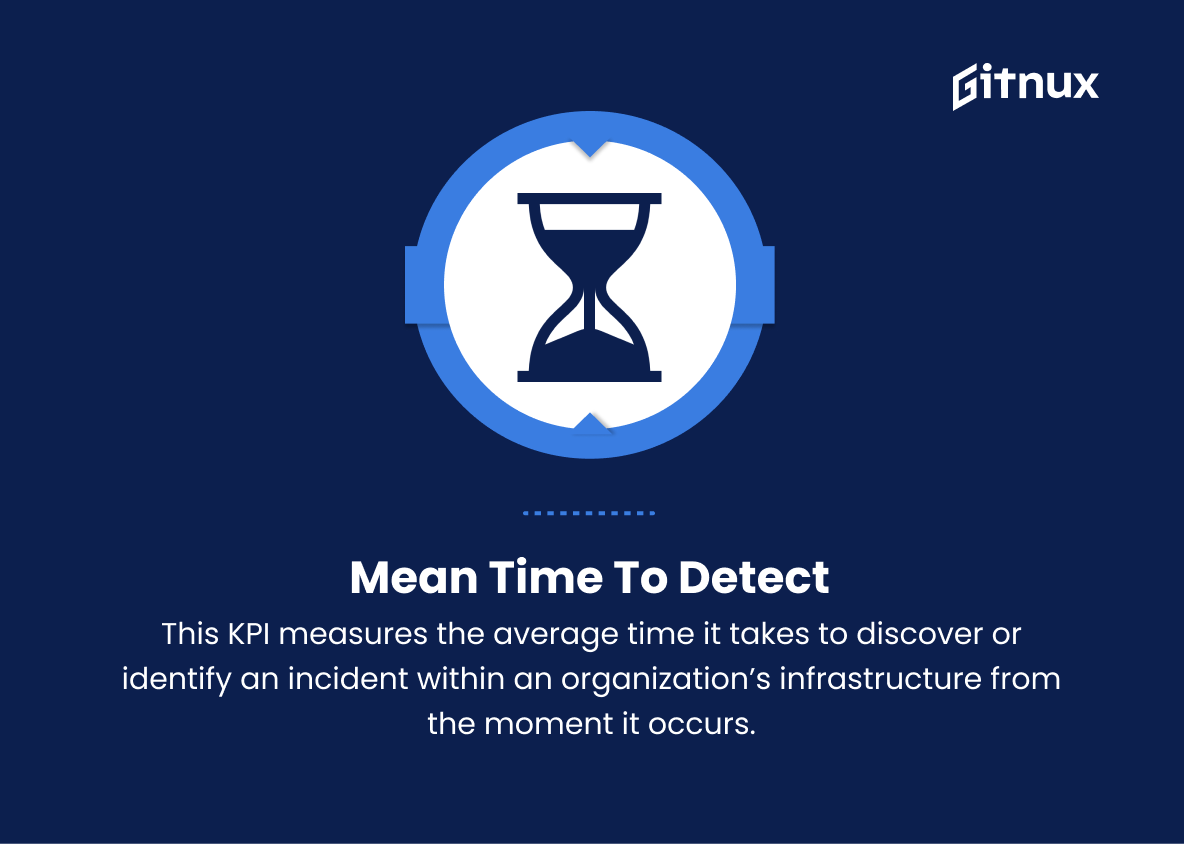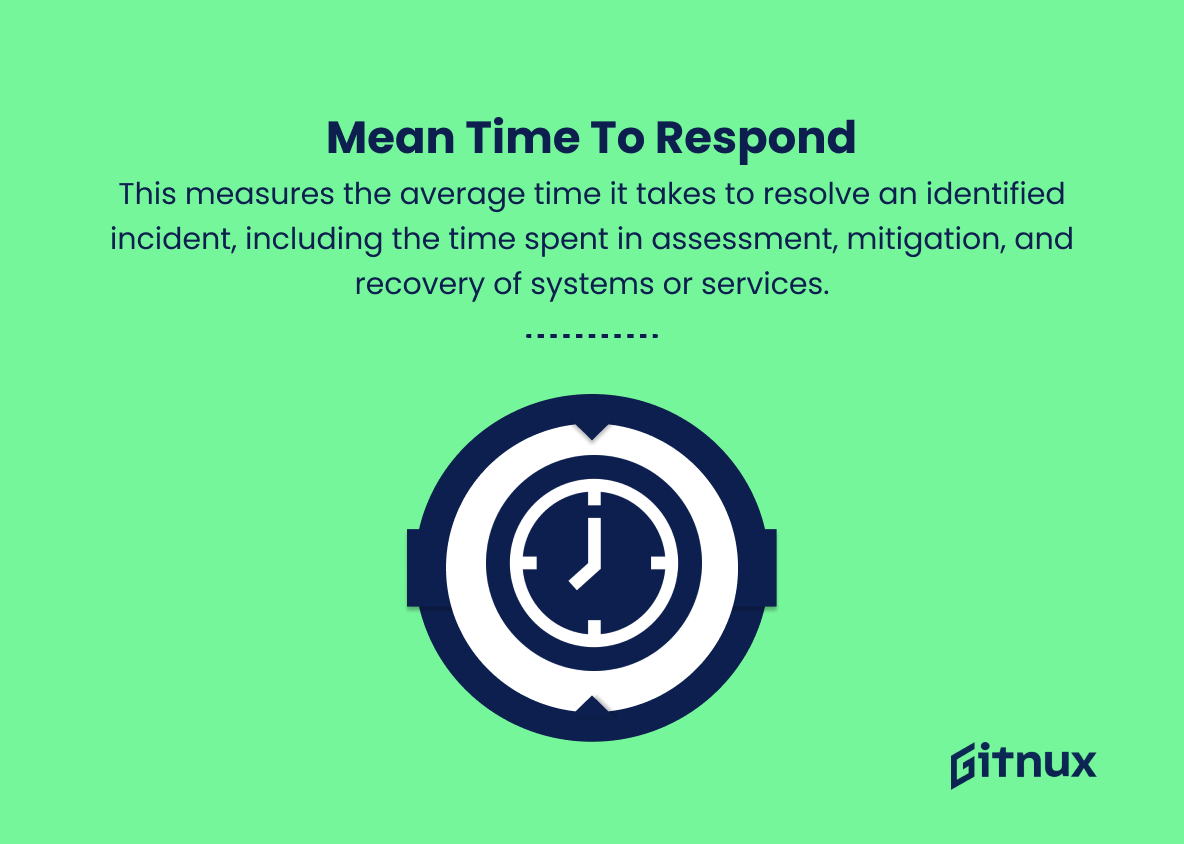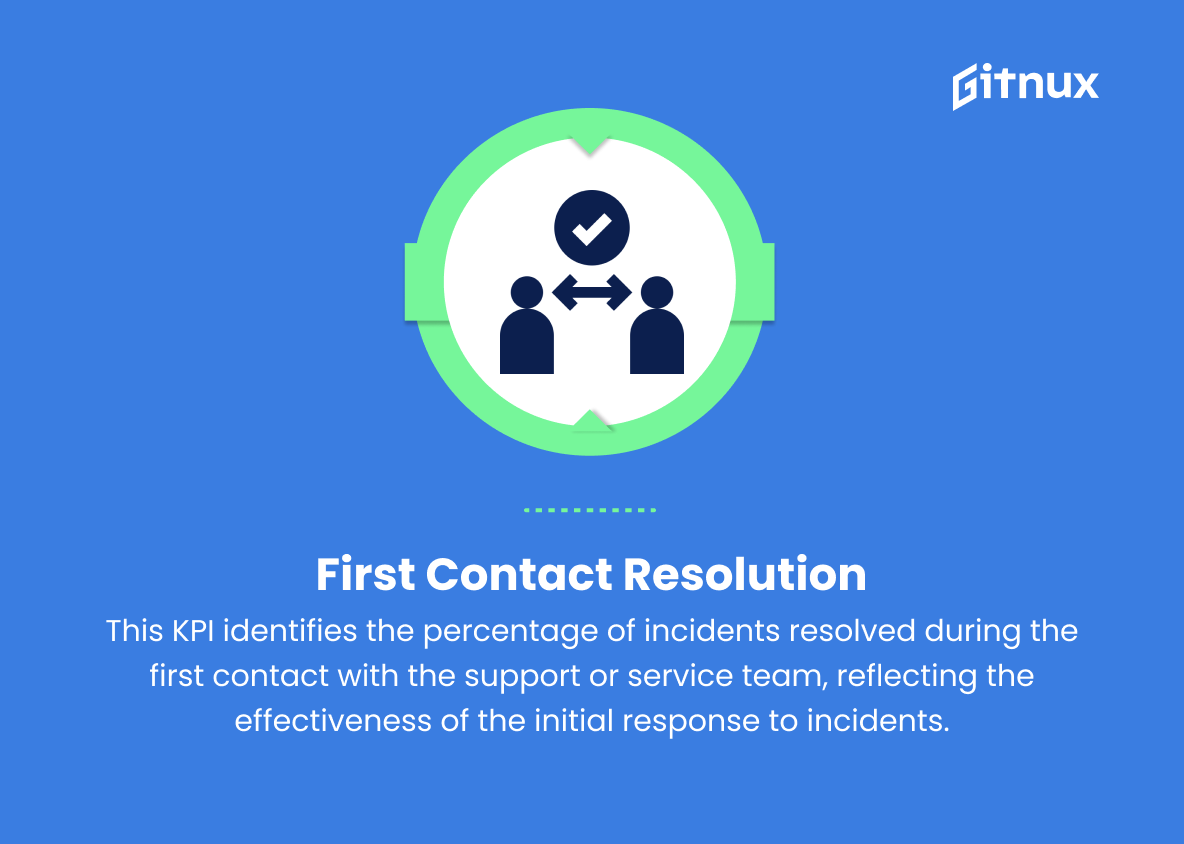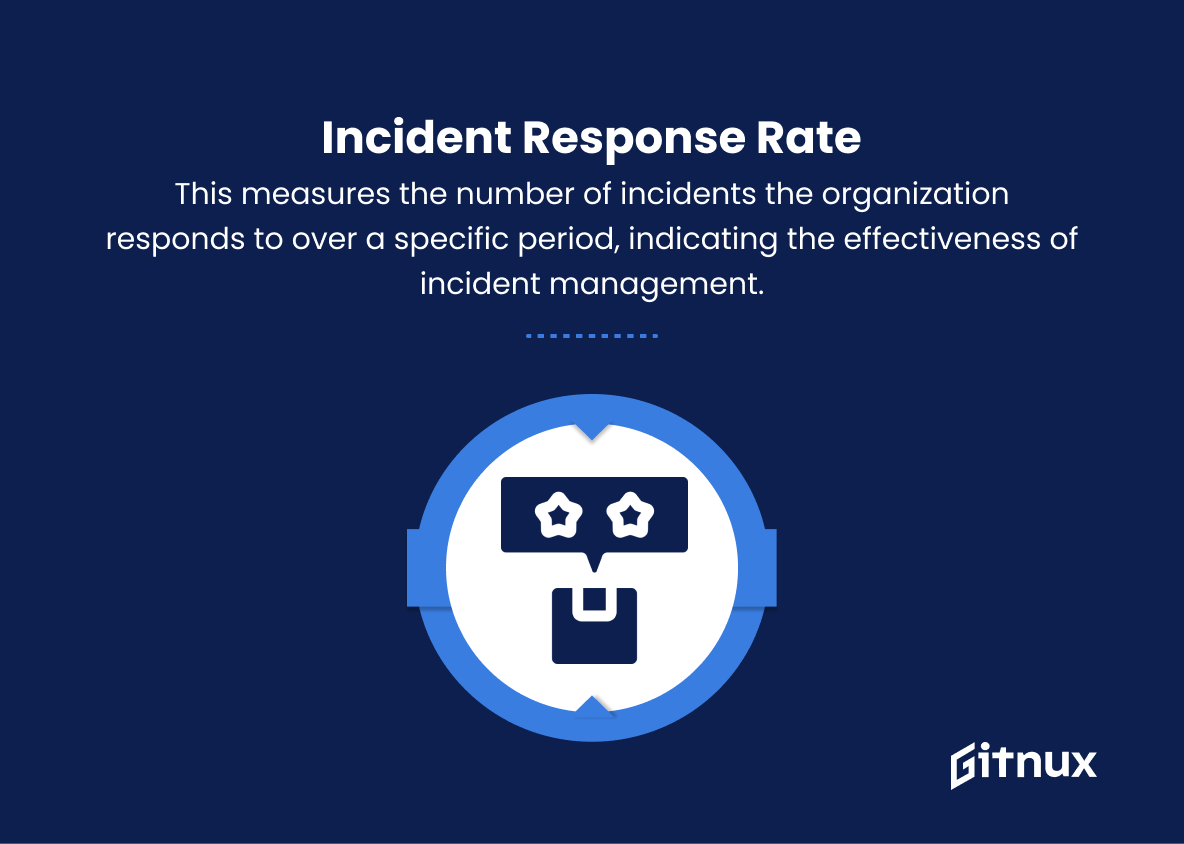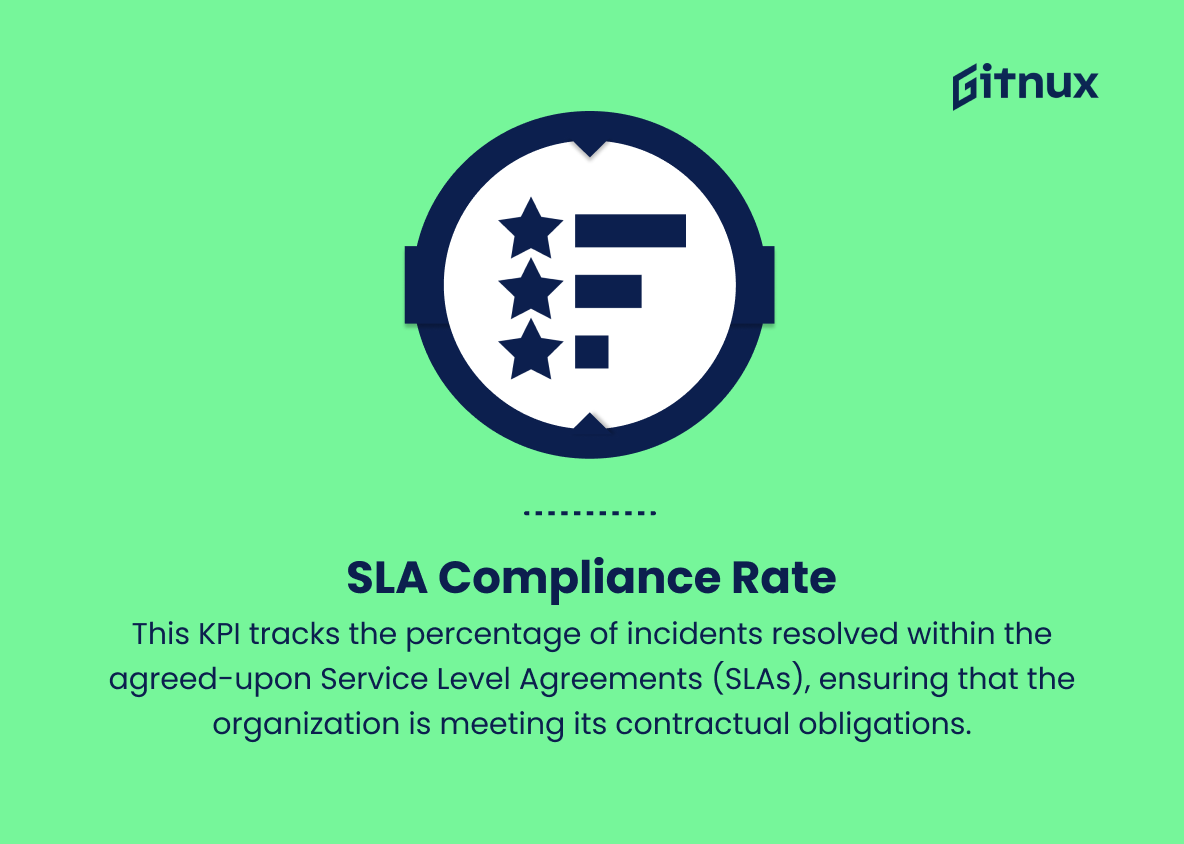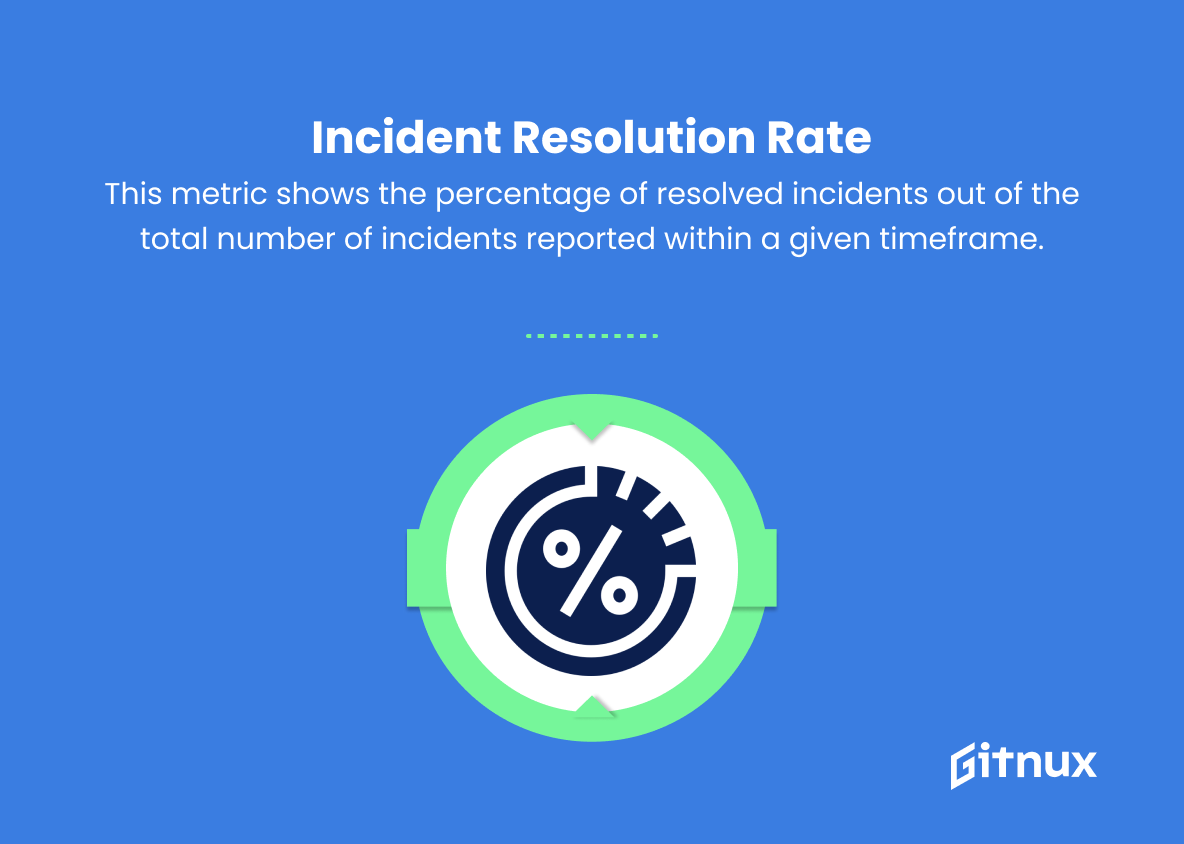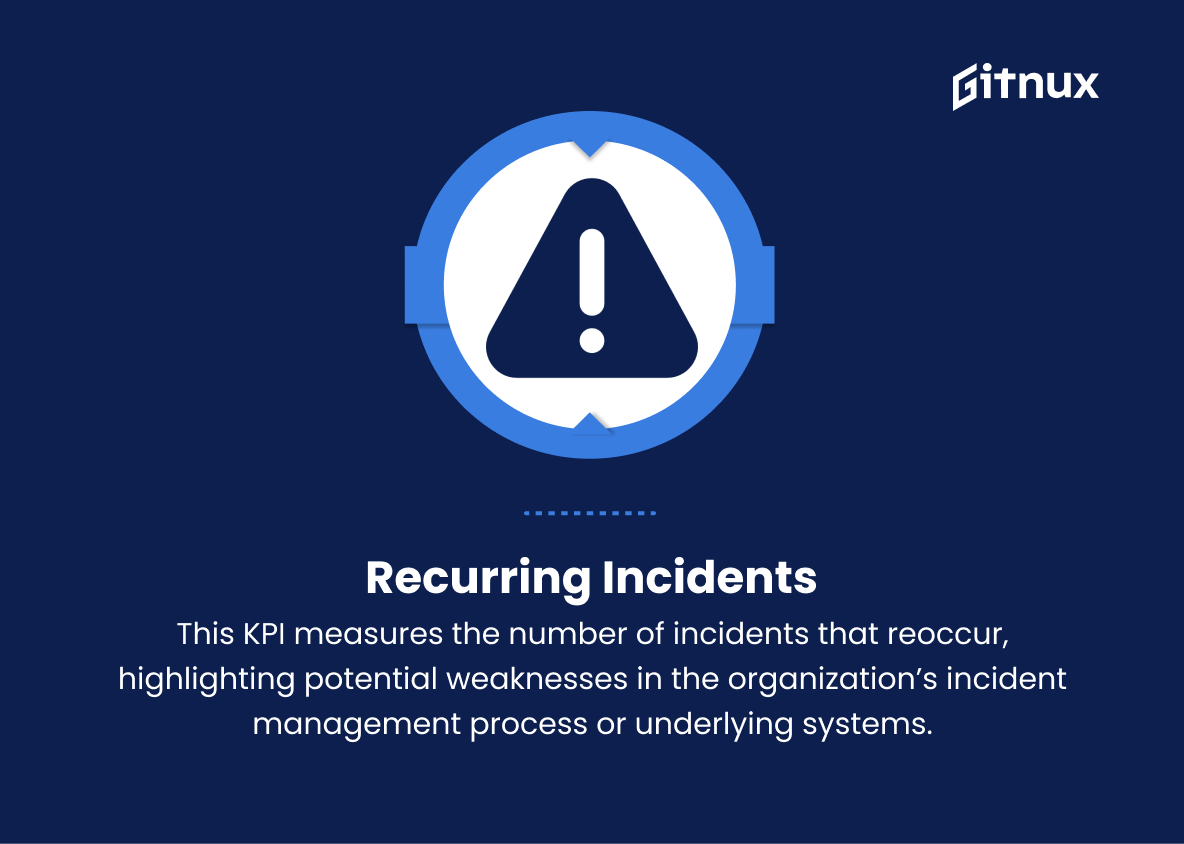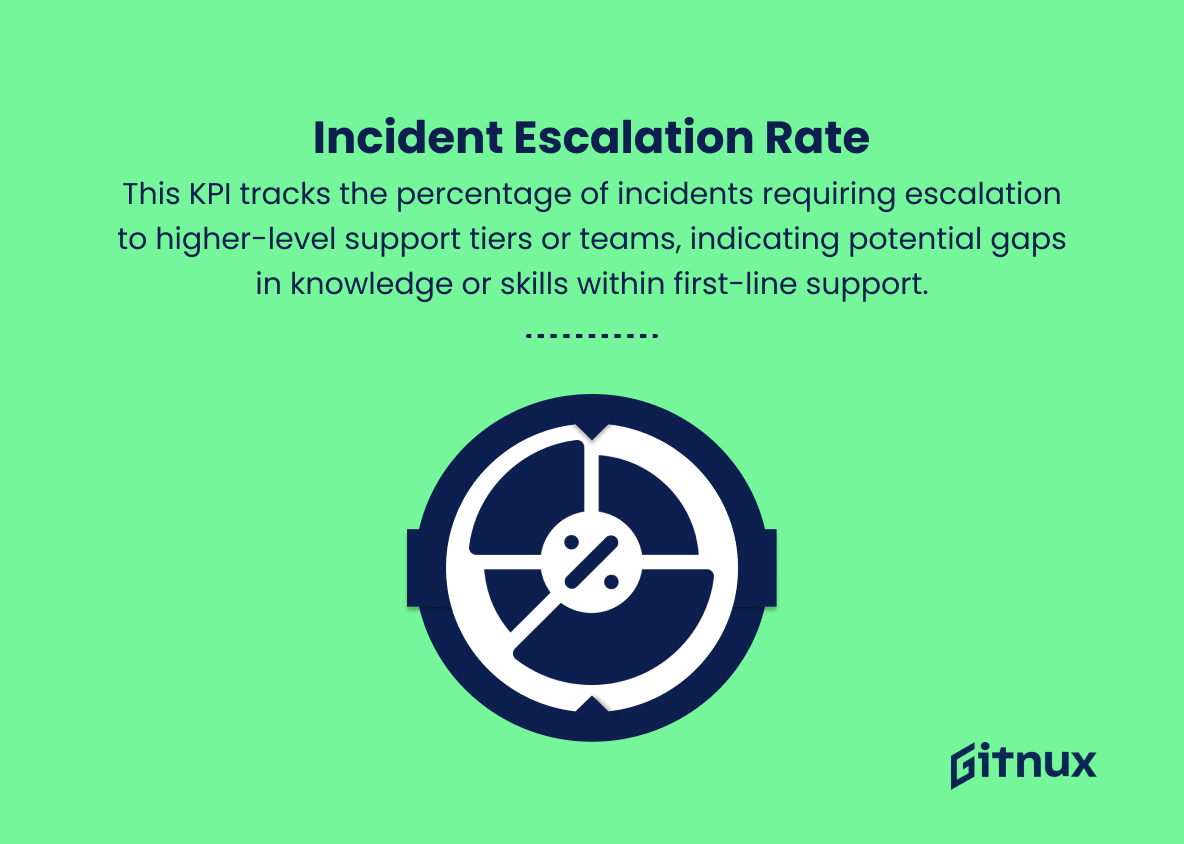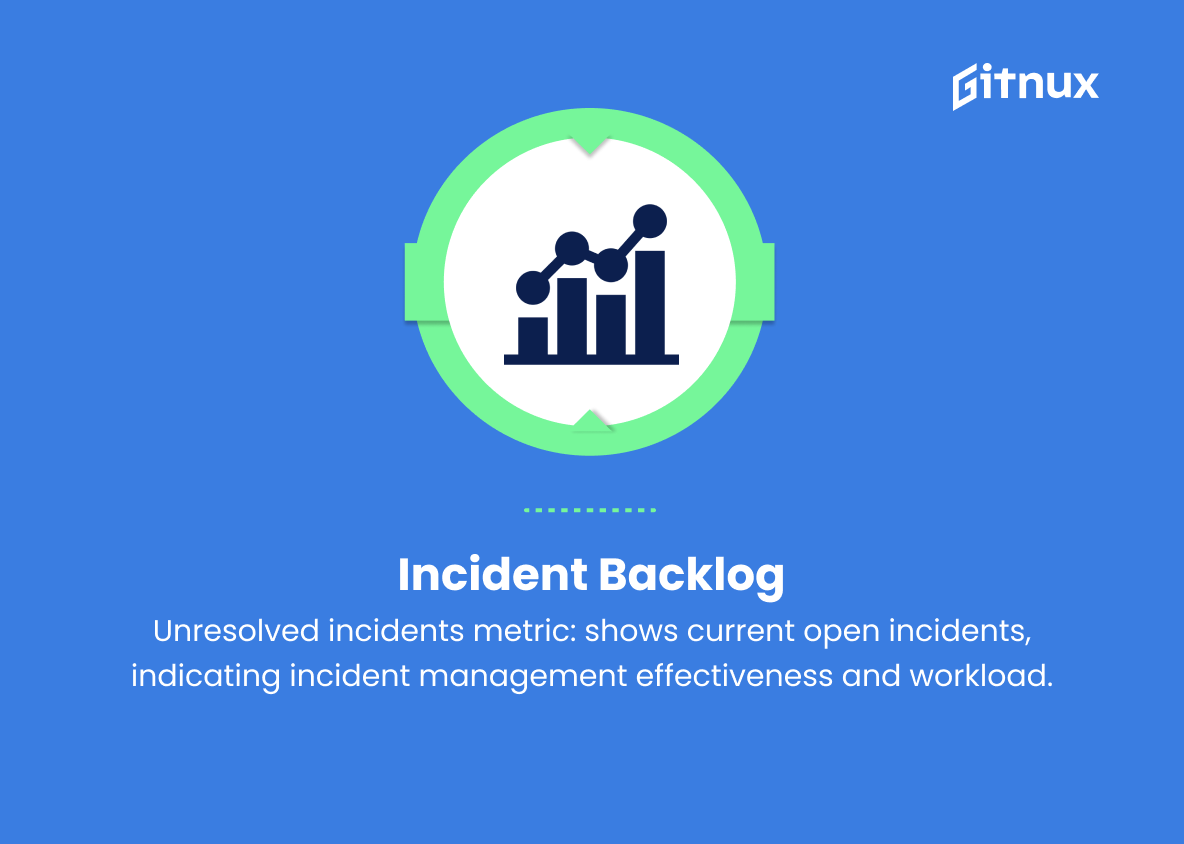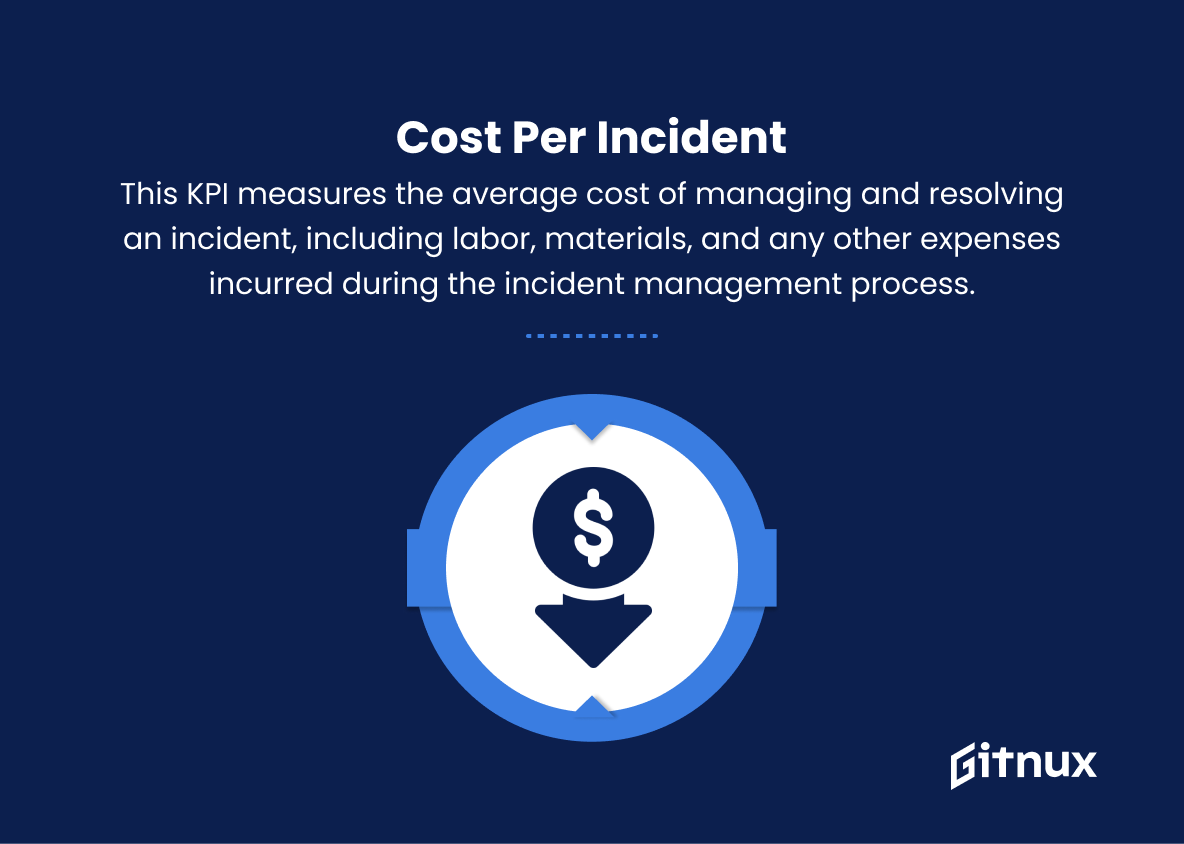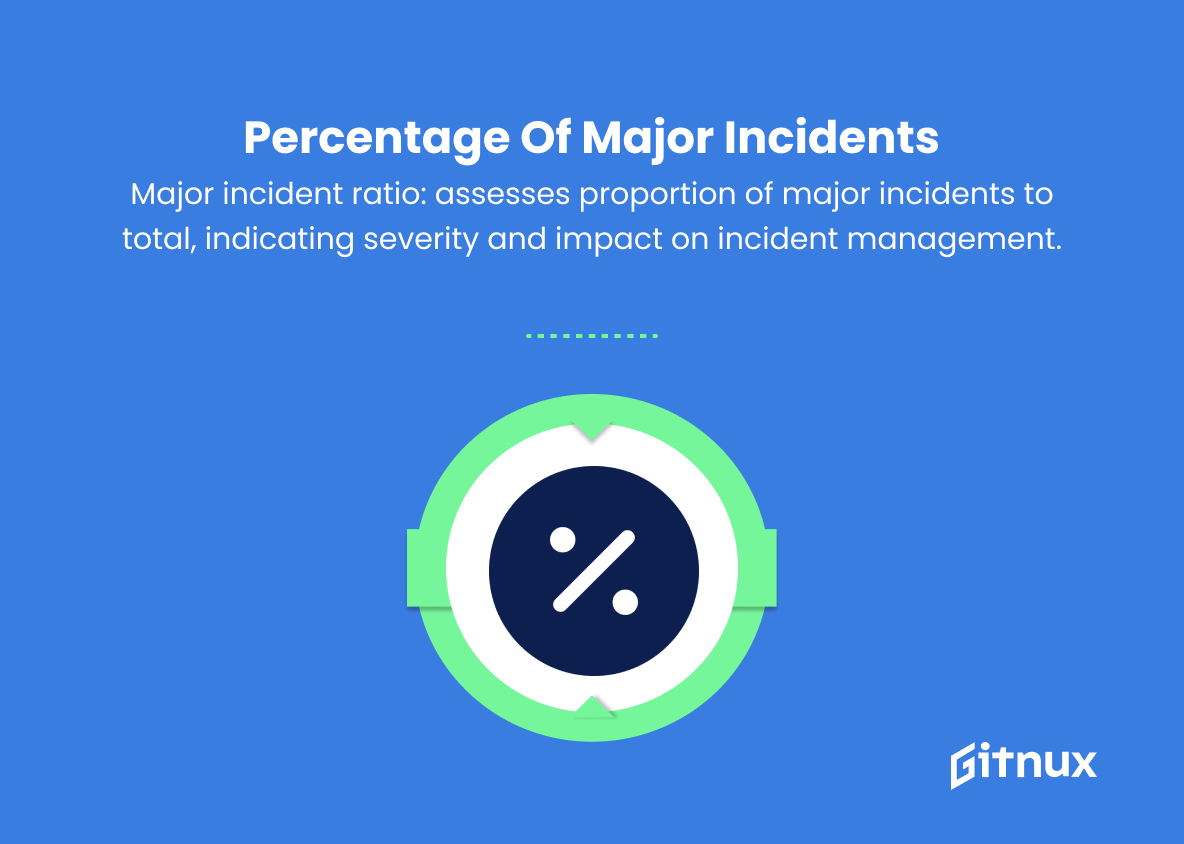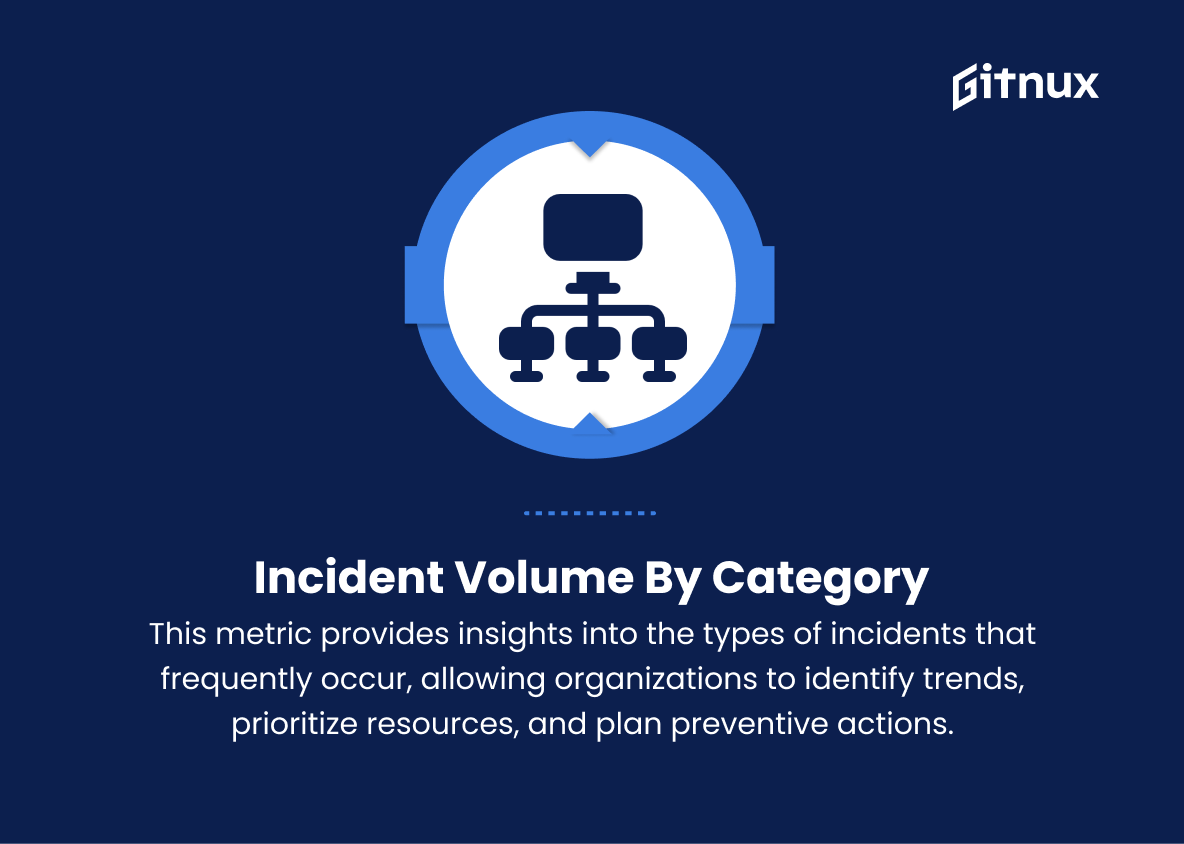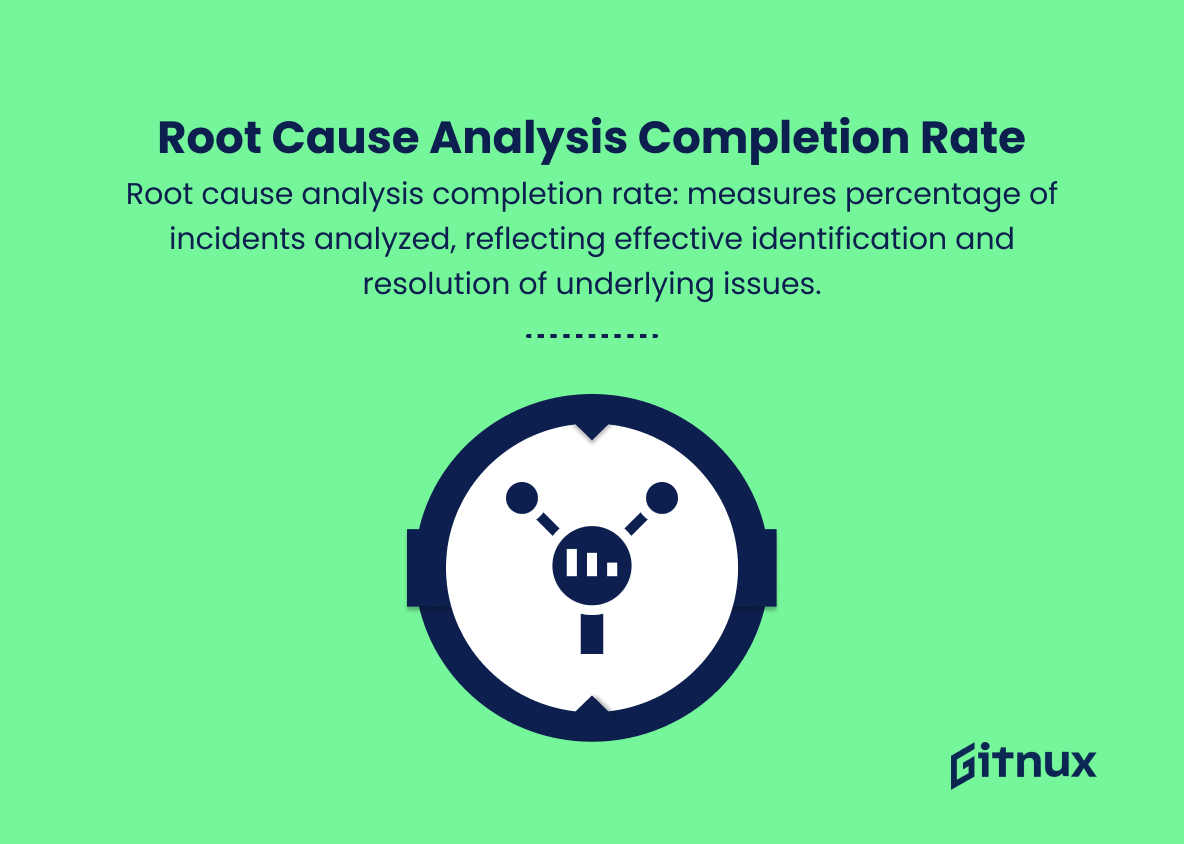In today’s fast-paced and dynamic business environment, effective incident management is crucial for maintaining uninterrupted operations and ensuring the stability of an organization’s critical functions. Properly monitoring and measuring the performance of incident management processes is essential for continuous improvement and achieving optimal results. This is where Key Performance Indicators (KPIs) come into play.
In this blog post, we will delve into the realm of Incident Management KPIs, discussing their significance, the critical aspects to consider, and how to effectively utilize these metrics to enhance your team’s performance, streamline incident resolution, and ultimately fortify your organization’s resilience in the face of unforeseen disruptions. So, buckle up and join us as we explore the world of data-driven insights for mastering incident management.
Incident Management KPIs You Should Know
1. Mean Time to Detect (MTTD)
This KPI measures the average time it takes to discover or identify an incident within an organization’s infrastructure from the moment it occurs.
2. Mean Time to Respond (MTTR)
This measures the average time it takes to resolve an identified incident, including the time spent in assessment, mitigation, and recovery of systems or services.
3. First Contact Resolution (FCR)
This KPI identifies the percentage of incidents resolved during the first contact with the support or service team, reflecting the effectiveness of the initial response to incidents.
4. Incident Response Rate
This measures the number of incidents the organization responds to over a specific period, indicating the effectiveness of incident management.
5. SLA Compliance Rate
This KPI tracks the percentage of incidents resolved within the agreed-upon Service Level Agreements (SLAs), ensuring that the organization is meeting its contractual obligations.
6. Incident Resolution Rate
This metric shows the percentage of resolved incidents out of the total number of incidents reported within a given timeframe.
7. Recurring Incidents
This KPI measures the number of incidents that reoccur, highlighting potential weaknesses in the organization’s incident management process or underlying systems.
8. Incident Escalation Rate
This KPI tracks the percentage of incidents requiring escalation to higher-level support tiers or teams, indicating potential gaps in knowledge or skills within first-line support.
9. Incident Backlog
This metric indicates the number of unresolved incidents at any given time, providing insights into the effectiveness of the organization’s incident management process and overall workload.
10. Cost per Incident
This KPI measures the average cost of managing and resolving an incident, including labor, materials, and any other expenses incurred during the incident management process.
11. Customer Satisfaction (CSAT)
This KPI indicates the satisfaction levels of customers affected by incidents, capturing their overall experience with the organization’s incident management and response process.
12. Percentage of Major Incidents
This KPI evaluates the proportion of major incidents relative to the total number of incidents, helping an organization better understand the severity and potential impact of its incident management challenges.
13. Incident Volume by Category
This metric provides insights into the types of incidents that frequently occur, allowing organizations to identify trends, prioritize resources, and plan preventive actions.
14. Root Cause Analysis (RCA) Completion Rate
This KPI measures the percentage of incidents for which root cause analysis is completed, reflecting how effectively the organization identifies and addresses underlying issues contributing to incidents.
Incident Management KPIs Explained
Incident Management KPIs are crucial in assessing and improving an organization’s ability to quickly identify, respond to, and resolve infrastructure-related incidents. KPIs such as Mean Time to Detect (MTTD) and Mean Time to Respond (MTTR) gauge the speed and efficiency of the incident management process, while First Contact Resolution (FCR) and SLA Compliance Rate emphasize the importance of resolving issues in a timely manner and according to contractual agreements.
Evaluating Incident Response Rate, Incident Resolution Rate, and Recurring Incidents provides insights into the overall effectiveness of the organization’s response strategies and highlights potential areas for improvement. Metrics such as Incident Escalation Rate and Incident Backlog pinpoint gaps in knowledge or skillsets within the support teams and point to workload-related challenges.
Cost per Incident, Customer Satisfaction (CSAT), Percentage of Major Incidents, Incident Volume by Category, and Root Cause Analysis (RCA) Completion Rate further allow organizations to optimize their incident handling processes by considering financial implications, customer experiences, incident severity, and the identification of underlying issues. By closely monitoring these KPIs, organizations can enhance their incident management strategies, secure their infrastructure, and continuously improve their overall performance.
Conclusion
In summary, effective incident management KPIs are essential in ensuring a business’s resilience and agility when faced with disruptions. By diligently monitoring key metrics, such as mean time to respond, mean time to resolve, incident volume, and customer satisfaction scores, organizations can continually refine their incident response strategies, proactively mitigate risks, and maintain a high level of service quality for their customers.
As the business landscape becomes increasingly complex and interconnected, prioritizing and perfecting incident management KPIs will continue to be crucial in staying ahead of potential incidents and achieving long-term success. Stay vigilant, keep learning, and never underestimate the power of a well-implemented incident management plan.
